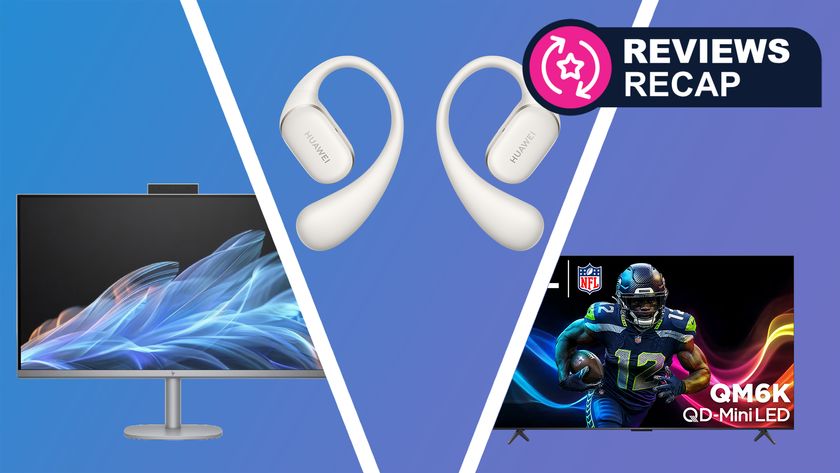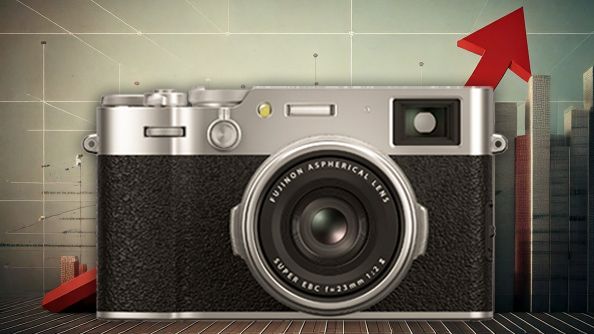10 ways Apple owned the decade
Milestones from the powerhouse of innovation
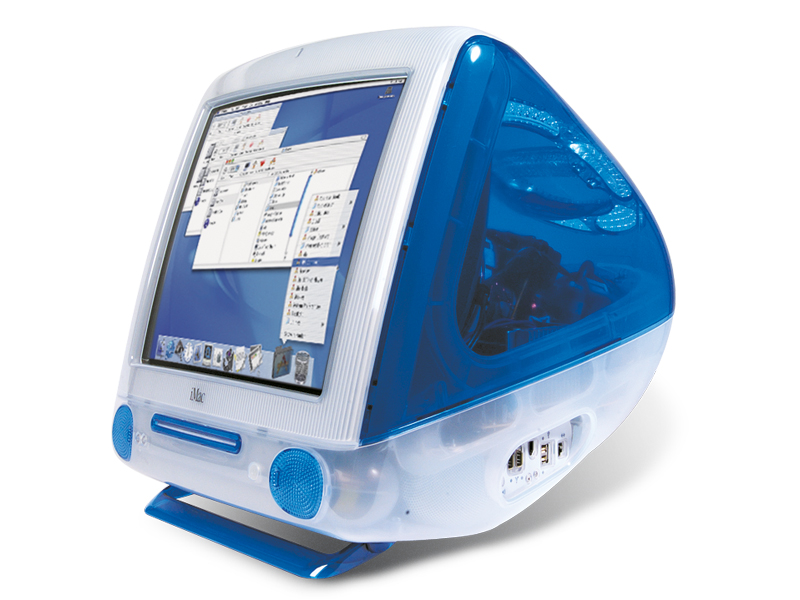
When the story of Apple is finally written, the first decade of the 21st century will be hailed as second in importance only to the launch of the original Macintosh.
In these last 10 years, Apple has reinvented itself from a manufacturer of good-if-expensive computers to a true powerhouse of innovation.
The iPod sensation made Apple a household name for the first time. The iMac line, introduced in 1998, reinvigorated the entire industry, while the iPhone is helping Apple shape an entirely new platform – giving it the potential to dominate in a way it never succeeded in doing on the desktop.
It's no coincidence that this renaissance coincided with the return of Steve Jobs. Thanks to Apple's CEO, picking just 10 milestone products from the last 10 years proved tough. So let's see how we did.
1. iMac
The Mac that kept Apple solvent
The original Bondi blue iMac was introduced in the dying years of the 20th century, but it was in the 21st that it moved from being a computer that was cute but underpowered, to one that will demolish pretty much any task that all but the most hardcore user can throw at it.
Get daily insight, inspiration and deals in your inbox
Sign up for breaking news, reviews, opinion, top tech deals, and more.
The original iMac was the first Mac to include USB, and because PCs used USB too, it was the first step towards today's world in which, with a few exceptions, Mac users can pick from the same selection of peripherals as the larger Windows audience.
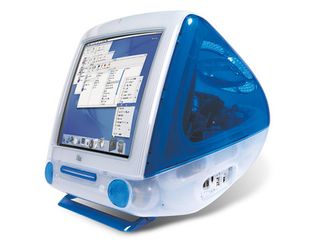
No longer did we have to hunt for overpriced ADB and SCSI models; henceforth, a Mac user could walk into PC World and pick up almost any printer they liked and hook it up without even having to think about compatibility.
Proving it was the iMac that saved Apple may be a difficult task. However, there's no doubting that it both reinvigorated a dull and increasingly commodified PC market, and refocused Apple on the business of creating innovative and humanising technology.
2. iPhone
The platform that will define future computing
"We've learned and struggled for a few years here figuring out how to make a decent phone," said Palm's CEO when the iPhone was no more than a rumour. "PC guys are not going to just figure this out. They're not going to just walk in."
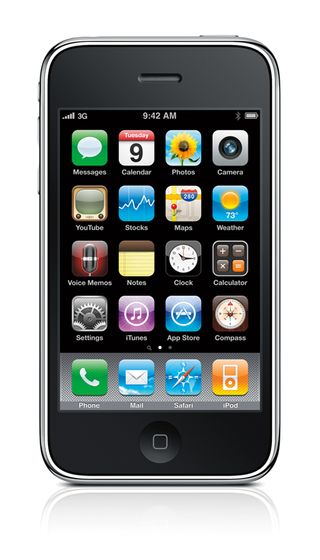
Today, though, the iPhone is nothing short of a phenomenon. While its overall mobile phone marketshare remains low – estimates put it at around 2.5% – it's a money-making machine. Recent figures suggest Apple has the highest total operating profit in the industry.
And besides, with 100,000 apps to download from the App Store, and rumours of an Apple Tablet refusing to die, the iPhone platform is set to shape the emerging mobile computing market for years to come.
3. Jonathan Ive
The man who gave Apple its shape
To suggest that Jonathan Ive is solely responsible for Apple's industrial design is to do a disservice to the talented, creative teams of folks at Apple who together contribute to the engineering and holistic design of all of its stunning hardware.
But there's no doubt that this British genius, Apple's Senior Vice President of Industrial Design, has had a tremendous influence on how Apple's products behave, look and feel. Since 1996 he has led the design team that created products so iconic that they now feature in museum collections.
4. Mac OS X
The modern foundation of the Mac... and iPhone
The classic Mac OS, culminating in Mac OS 9, remains an astonishing operating system, but it was with the adoption of Mac OS X that the Mac became a truly modern, stable and capable OS. Built on – and, with 10.5, certified as – Unix, Mac OS X is made to be flexible and standards-compliant.
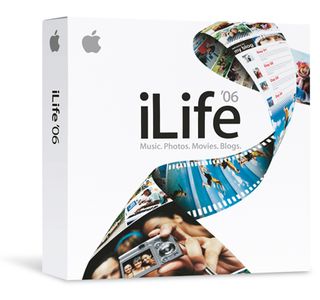
As with USB, its adoption, following the integration of the technologies Apple bought when it purchased Steve Jobs' NeXT company in 1996, signalled the end of the Mac as a ghettoised, proprietary system.
Many of the components we interact with daily in Mac OS X are open source, maintained, improved upon and often completely built by a worldwide community of developers. And despite a few hiccups, Apple is now a pretty good open source citizen, constantly contributing back to the community.
It was also the adoption of Mac OS X that allowed Apple to realistically port its operating system to x86 processors – this was the secret Marklar project – which also allowed the company to switch, ultimately, to Intel processors that were more powerful than the contemporary PowerPC chips.
5. iLife
The ultimate enticement for Windows switchers
Apple makes a big thing of the fact that all new Macs come with iLife included as standard, and frankly we think it's right to do so.

What started off in 2003 as a bundle of relatively limited apps, which were nevertheless revolutionary in their mix of power and simplicity, became an end-to-end media production tool in iLife '06.
Buy a Mac loaded with iLife and you can import, edit and compose your photos and video into polished projects, then print, burn or publish the result online, regardless of your technical or artistic ability. And don't forget that the iLife apps have often anticipated developments in the wider tech world.
Just as and just before new technologies would have begun to hit their stride, an update to the component apps would arrive ready to take advantage of them. MiniDV? The original version of iMovie. AVCHD? iMovie '08. Movie-capable cameras? Support added in iPhoto '05. Geotagging in photos? iPhoto '09.
It's about being there for users when they upgrade and want to use their new shiny tech with the least amount of hassle. OS-level support for the raw formats of many prosumer cameras, for instance, only adds to the joy of iLife.
- 1
- 2
Current page: 10 magic milestones in Apple's history
Next Page Apple Stores, iPod mini, iTunes and more
